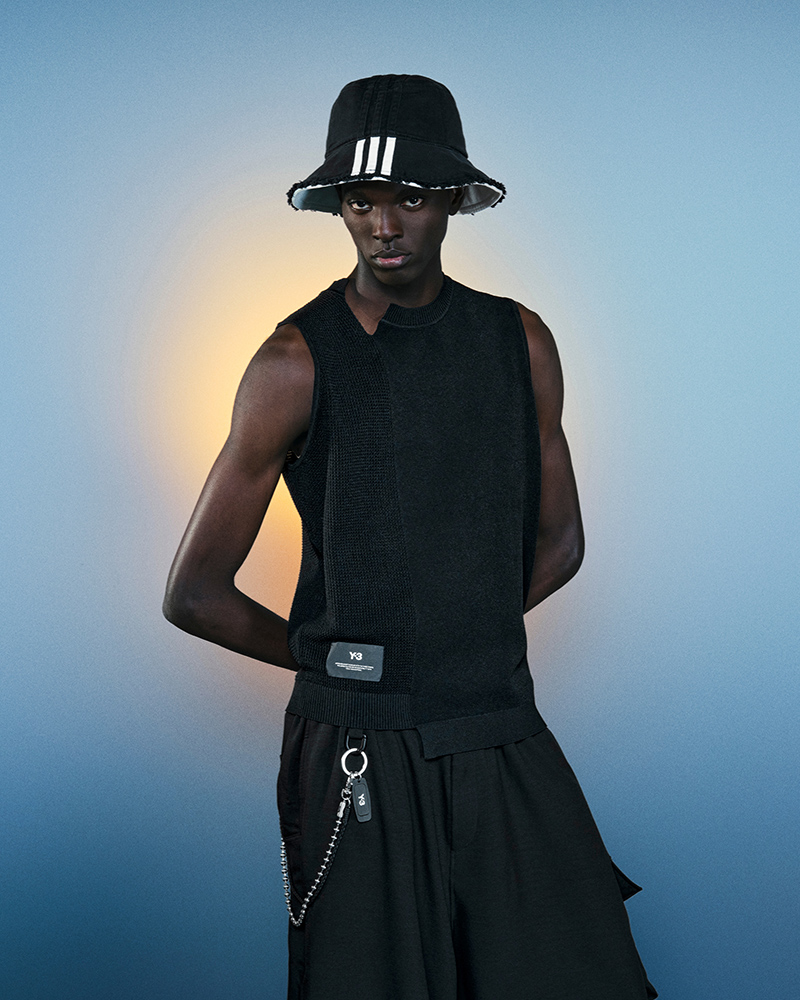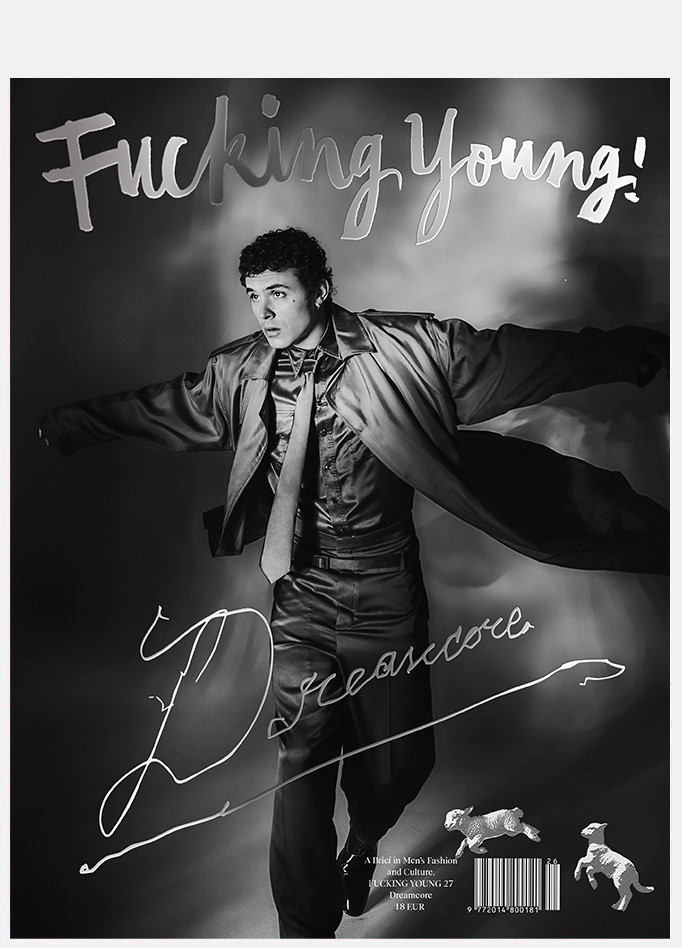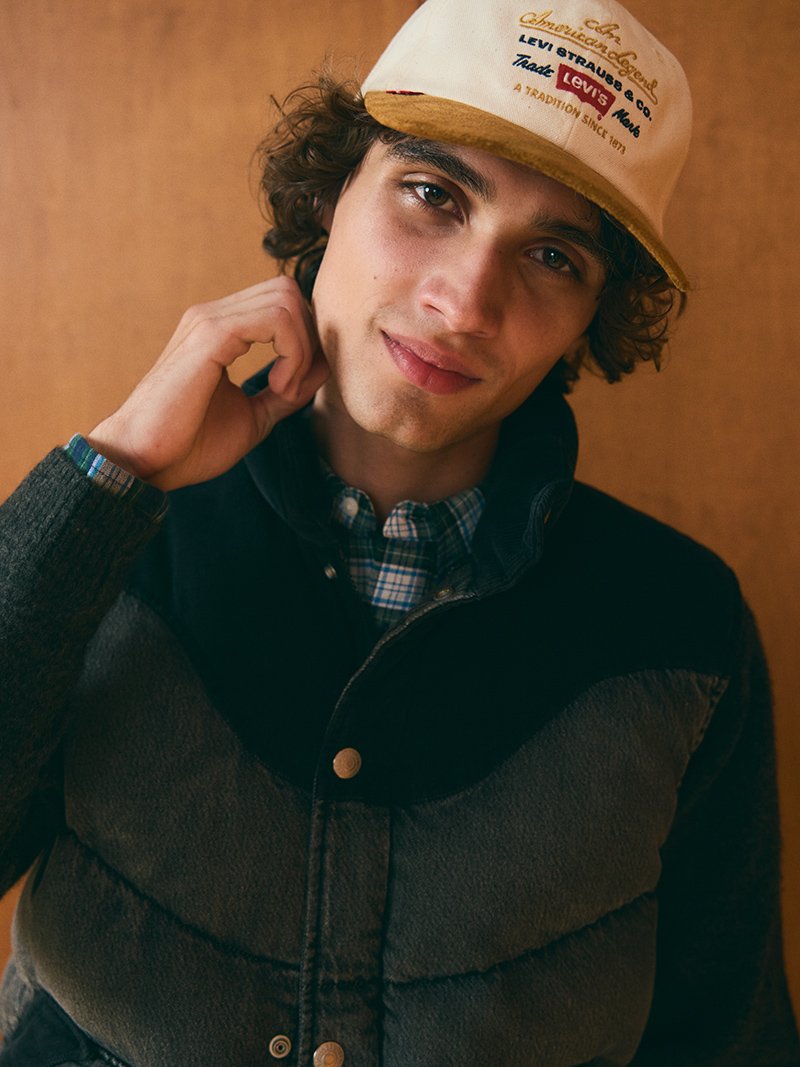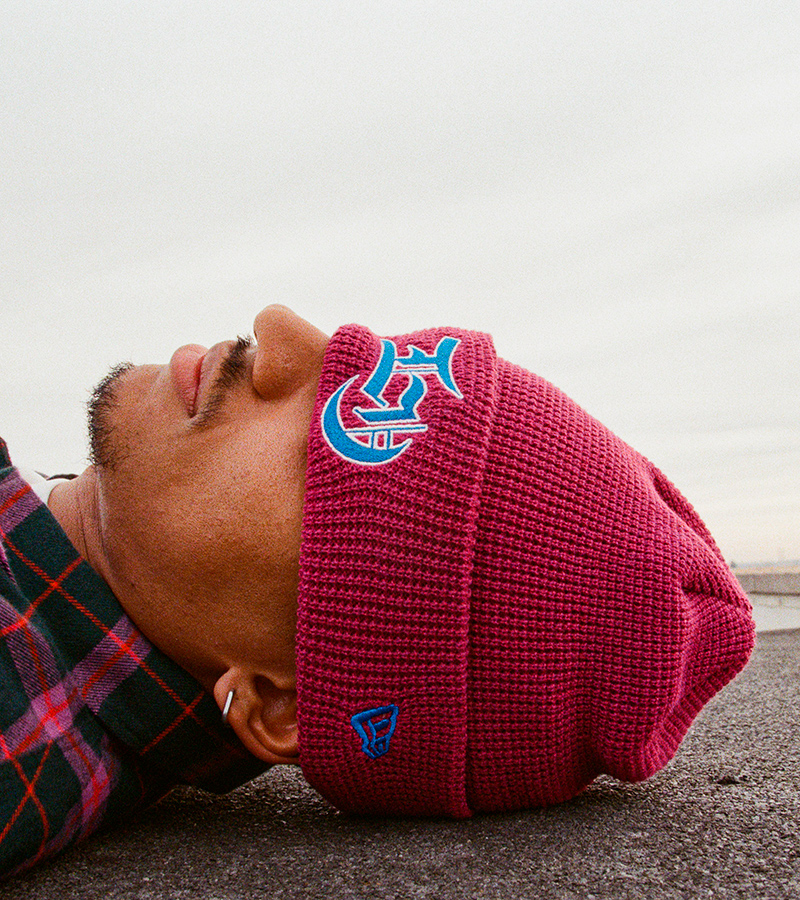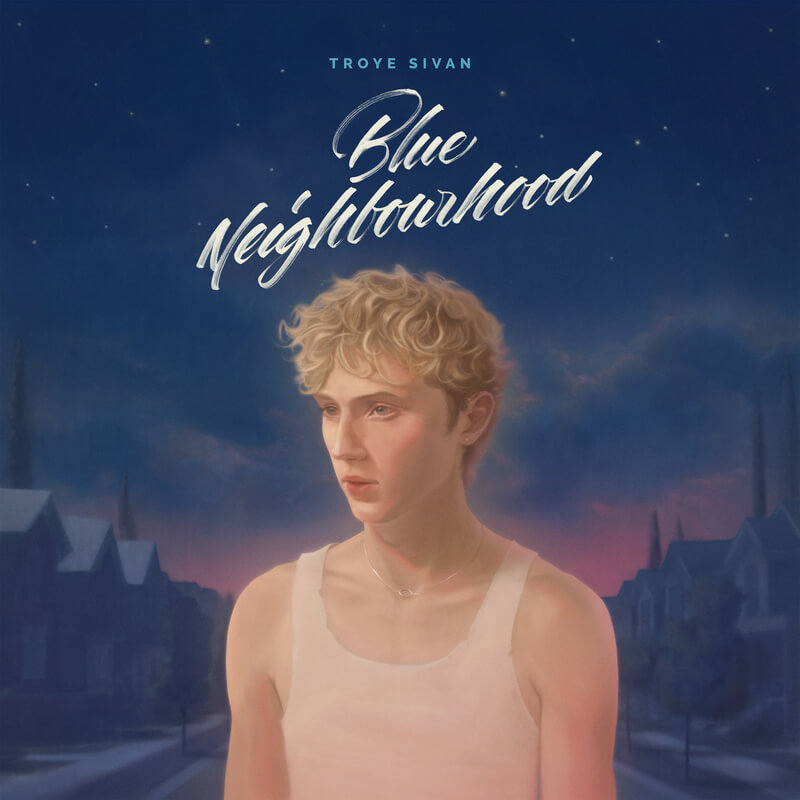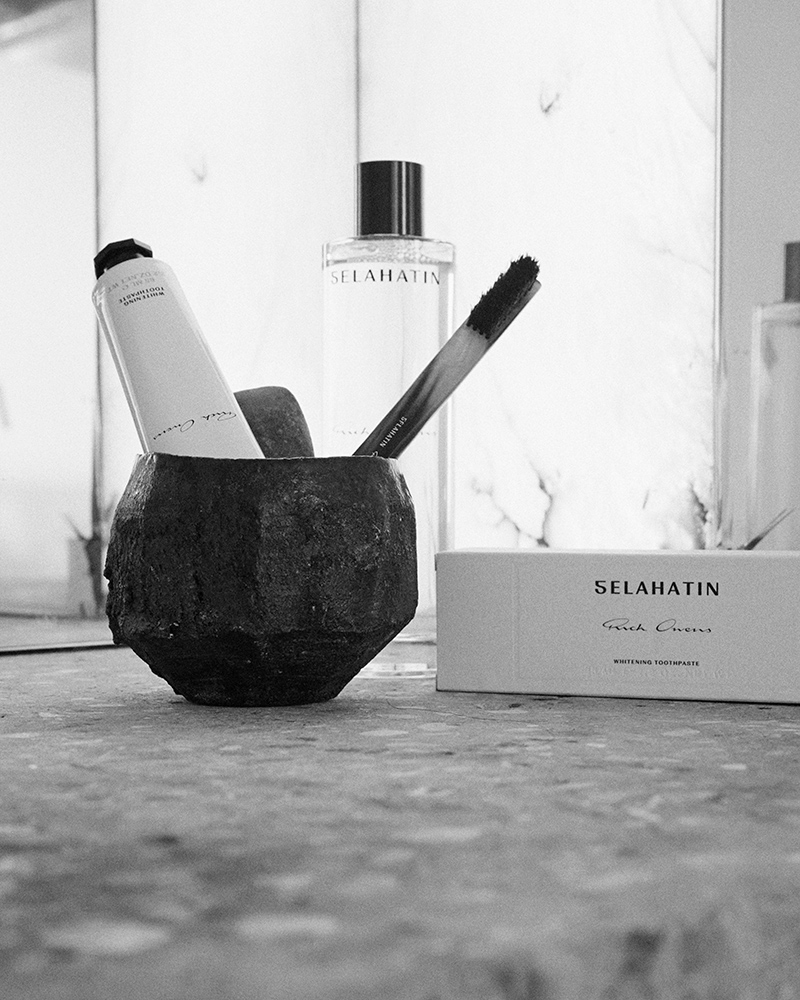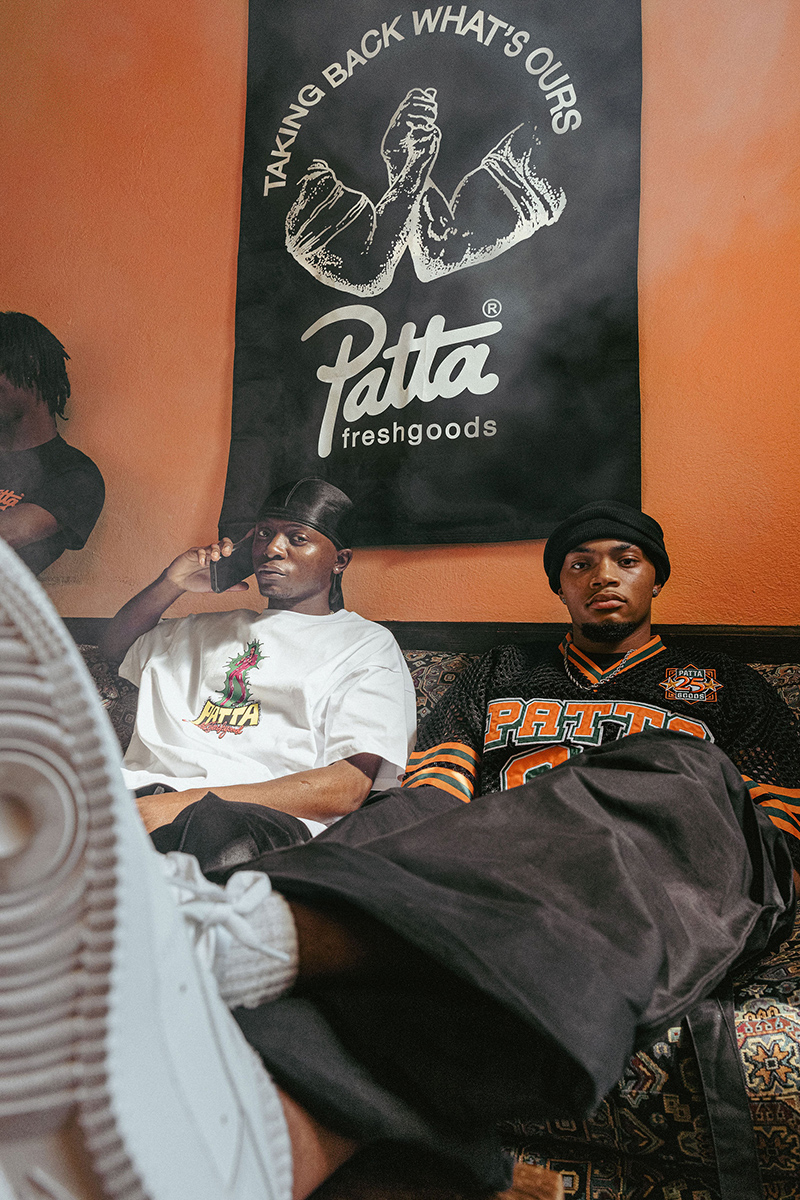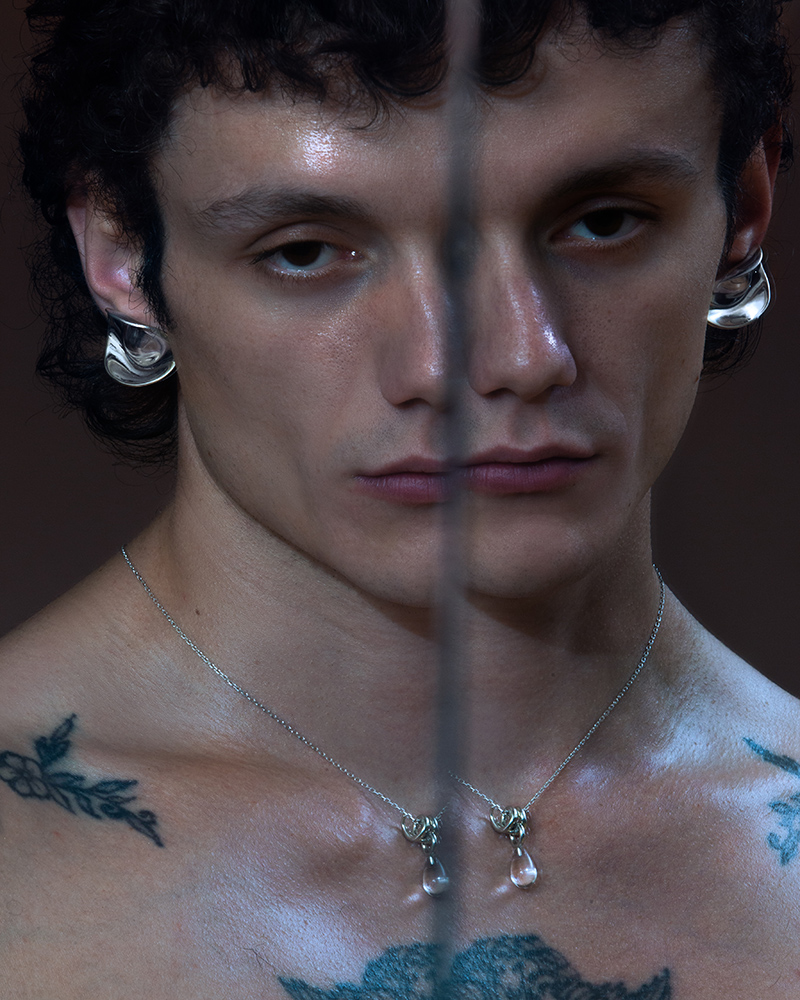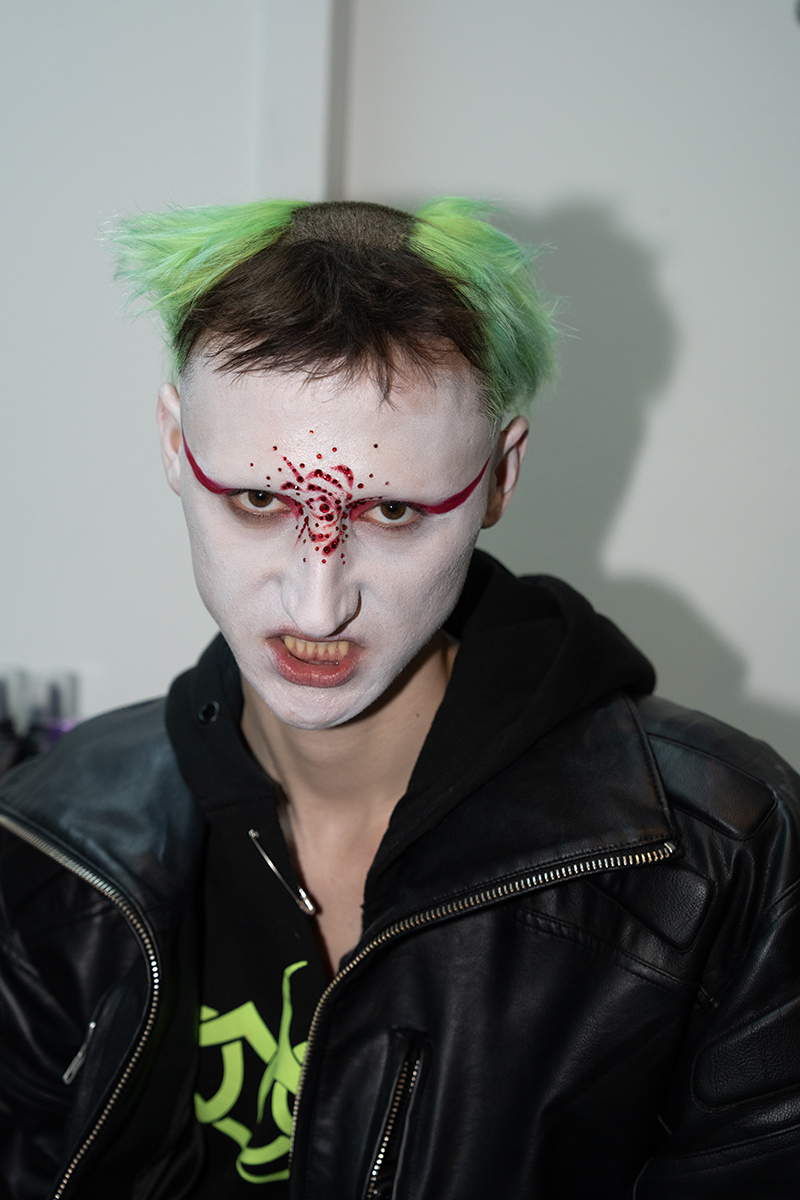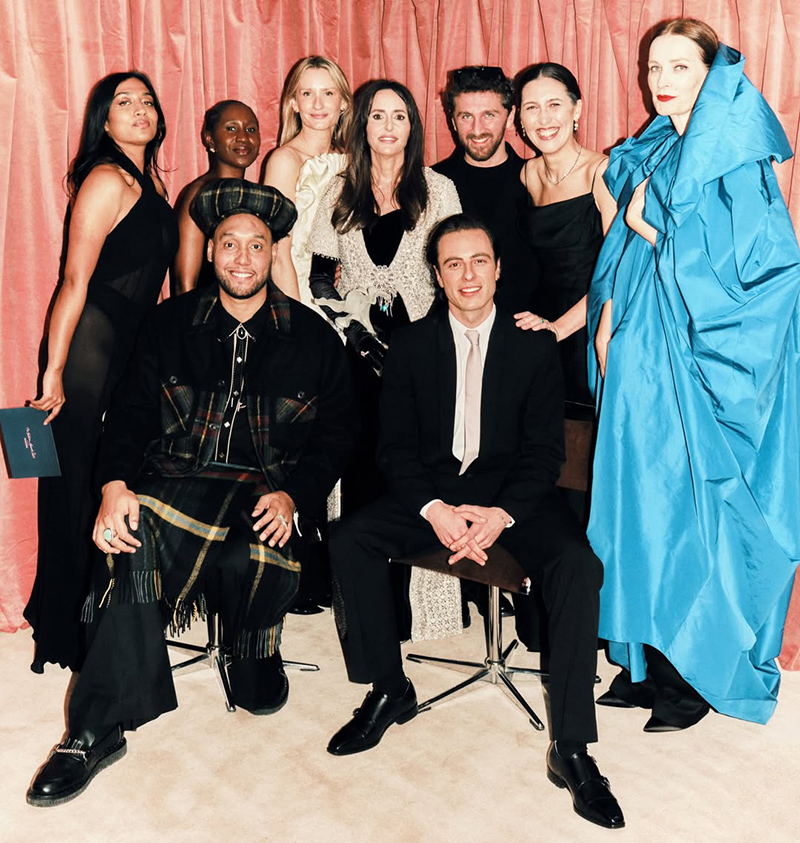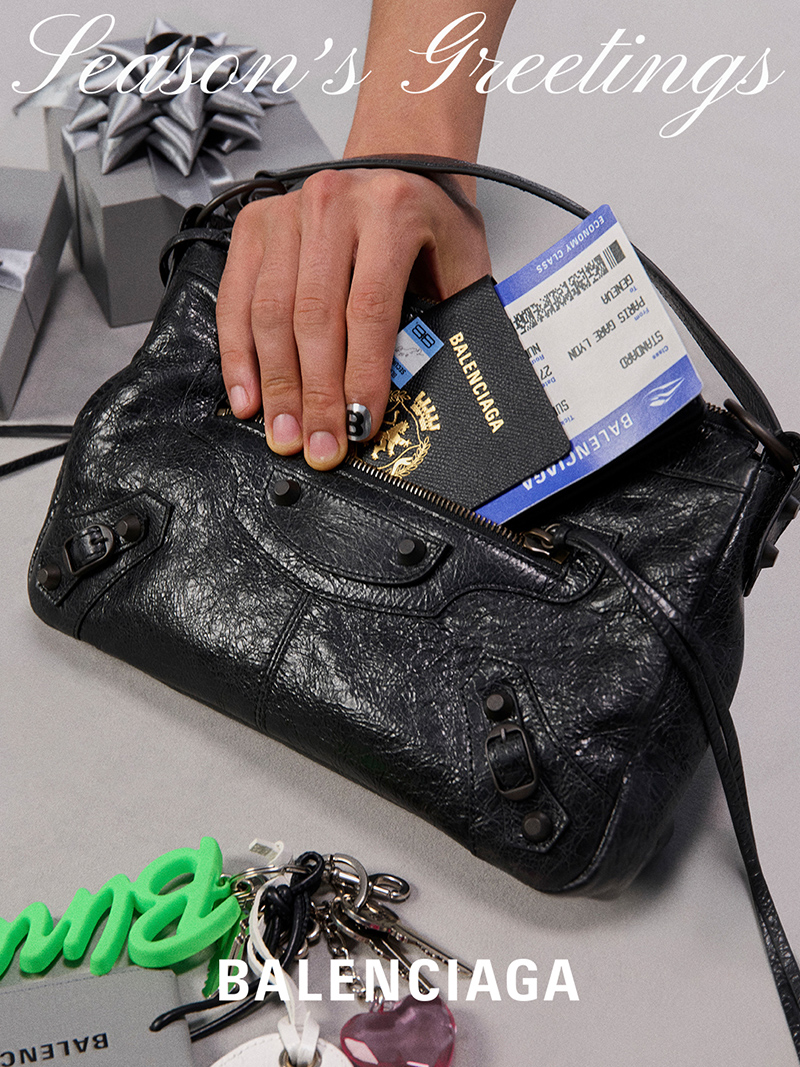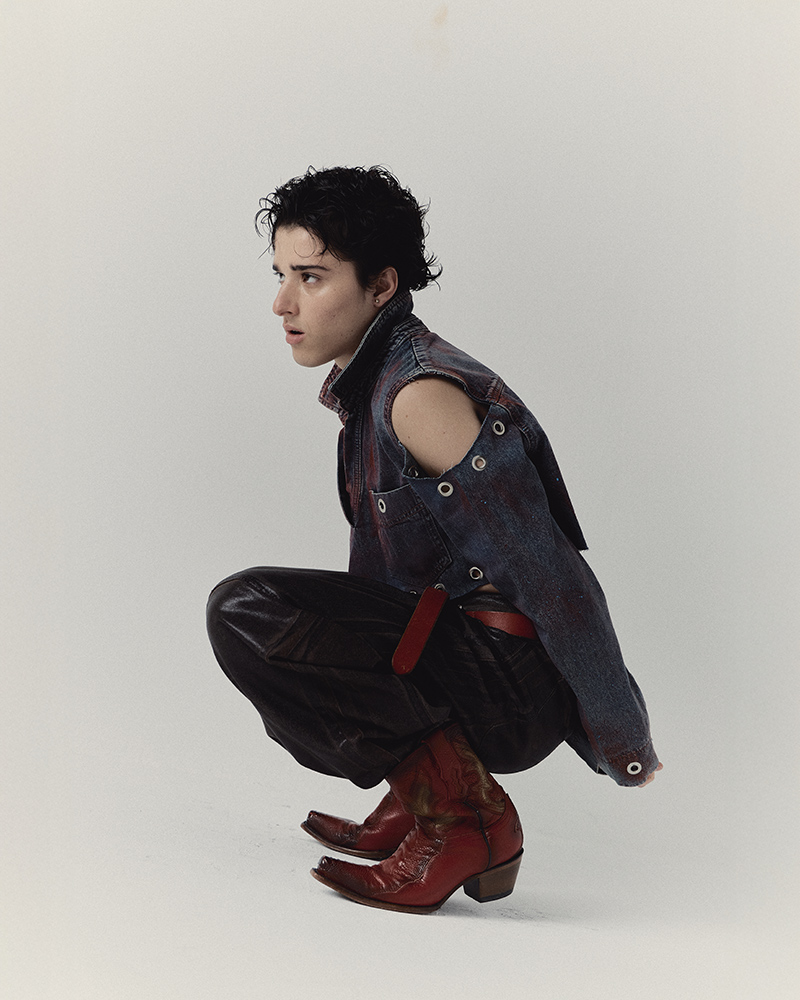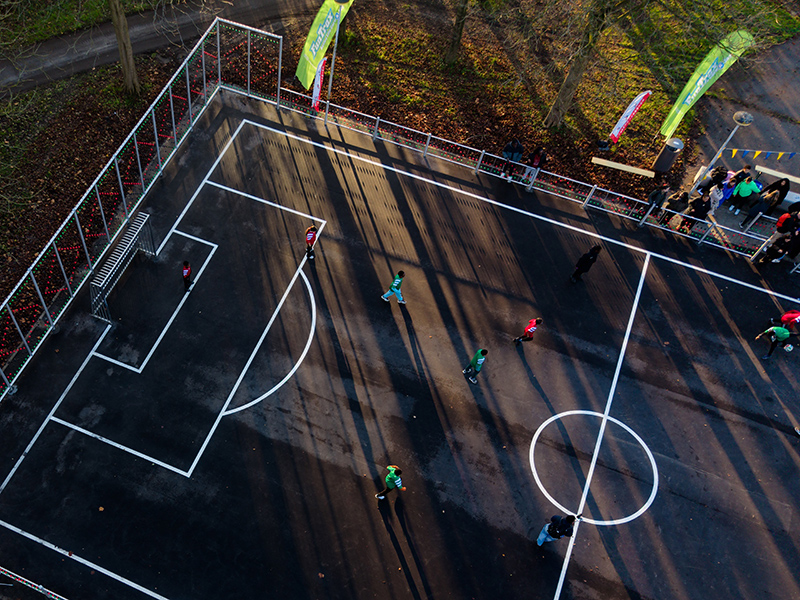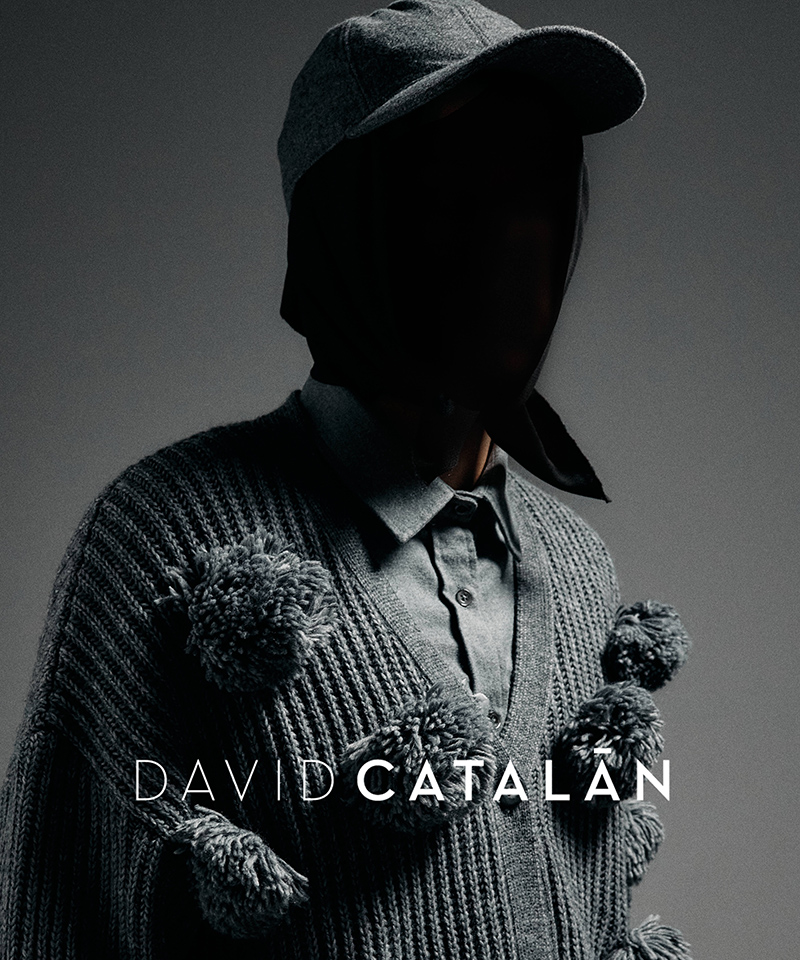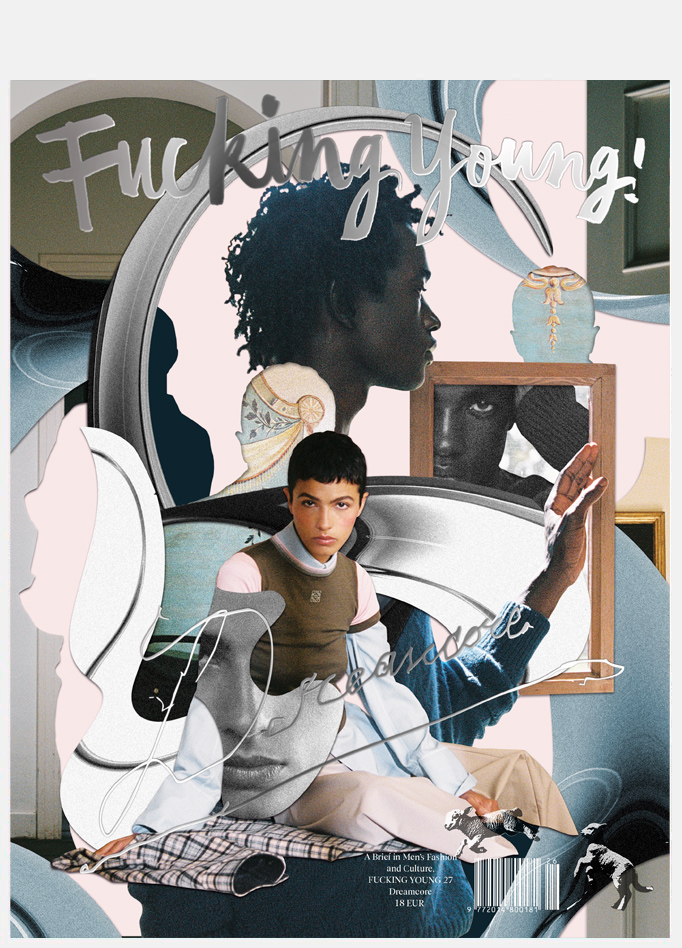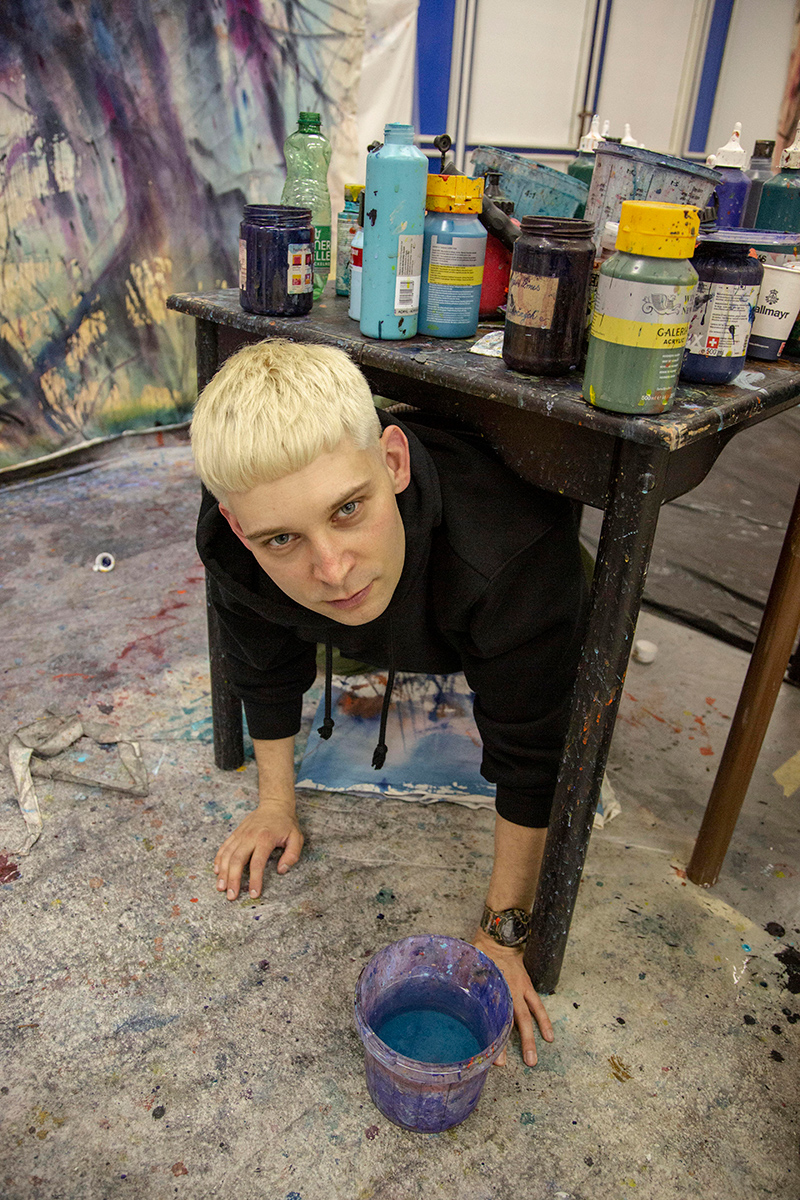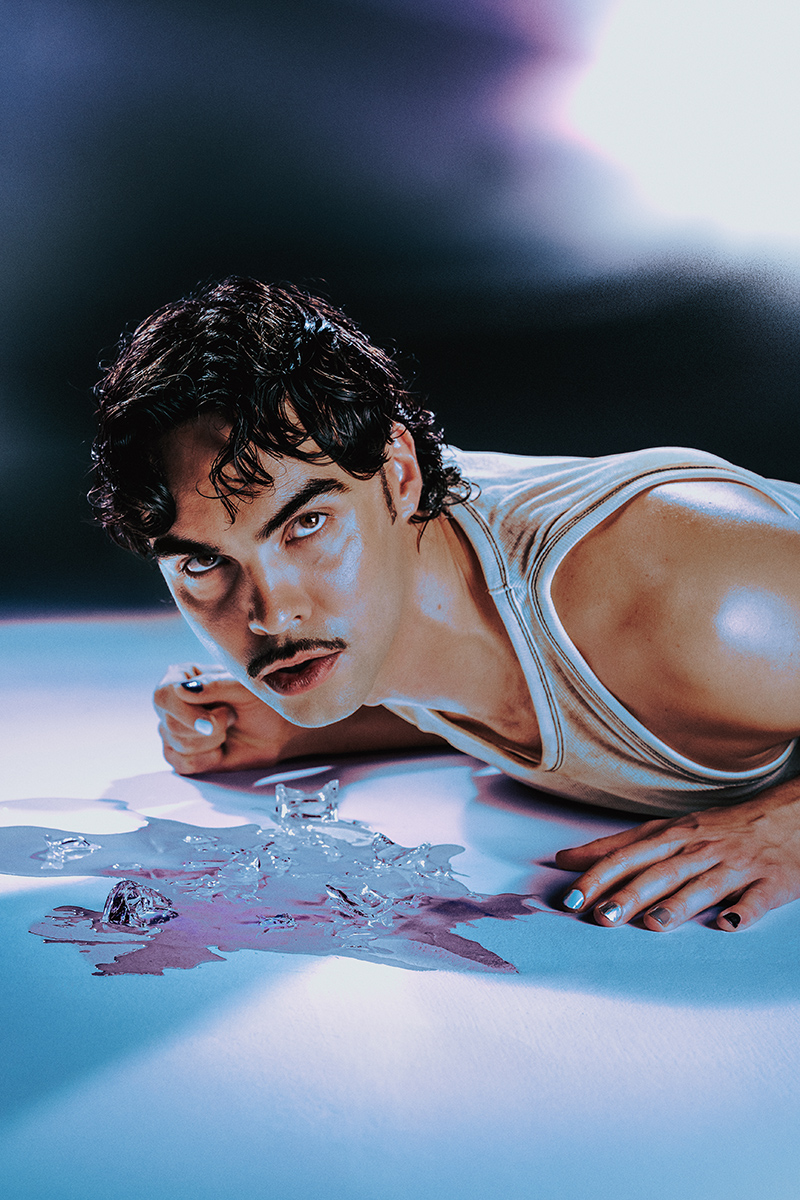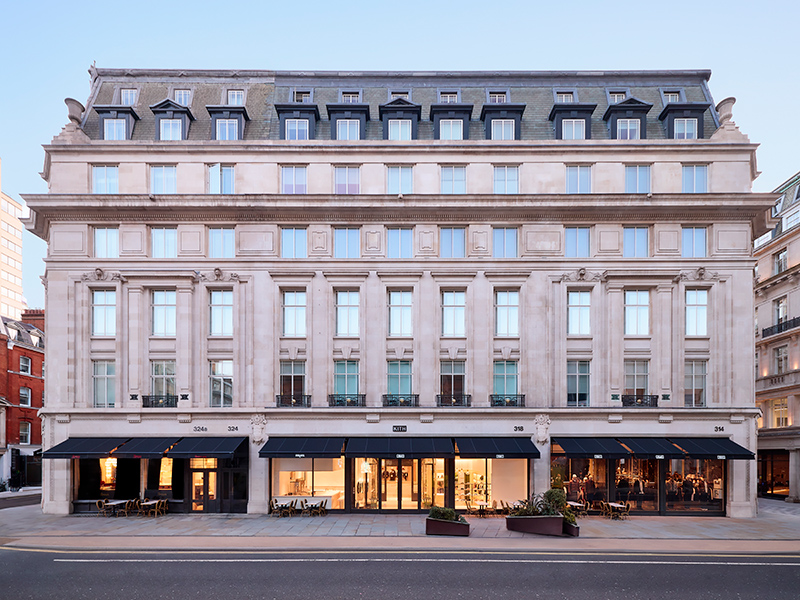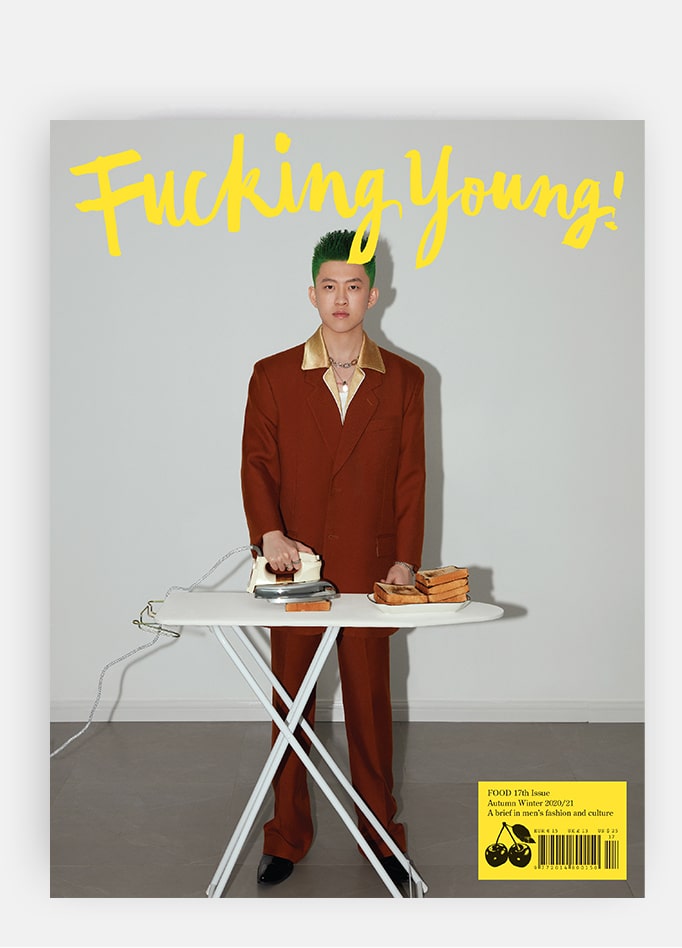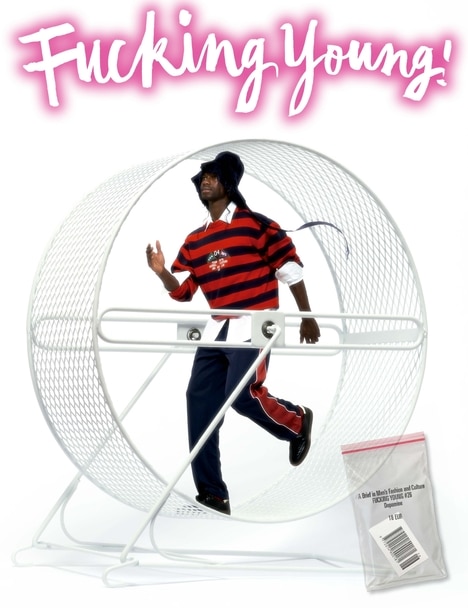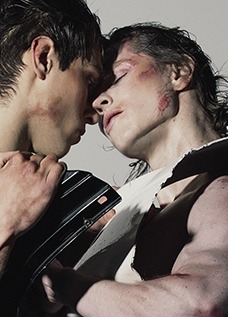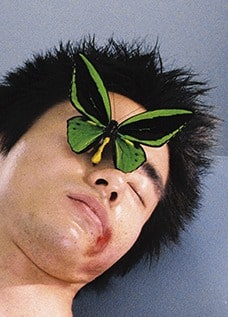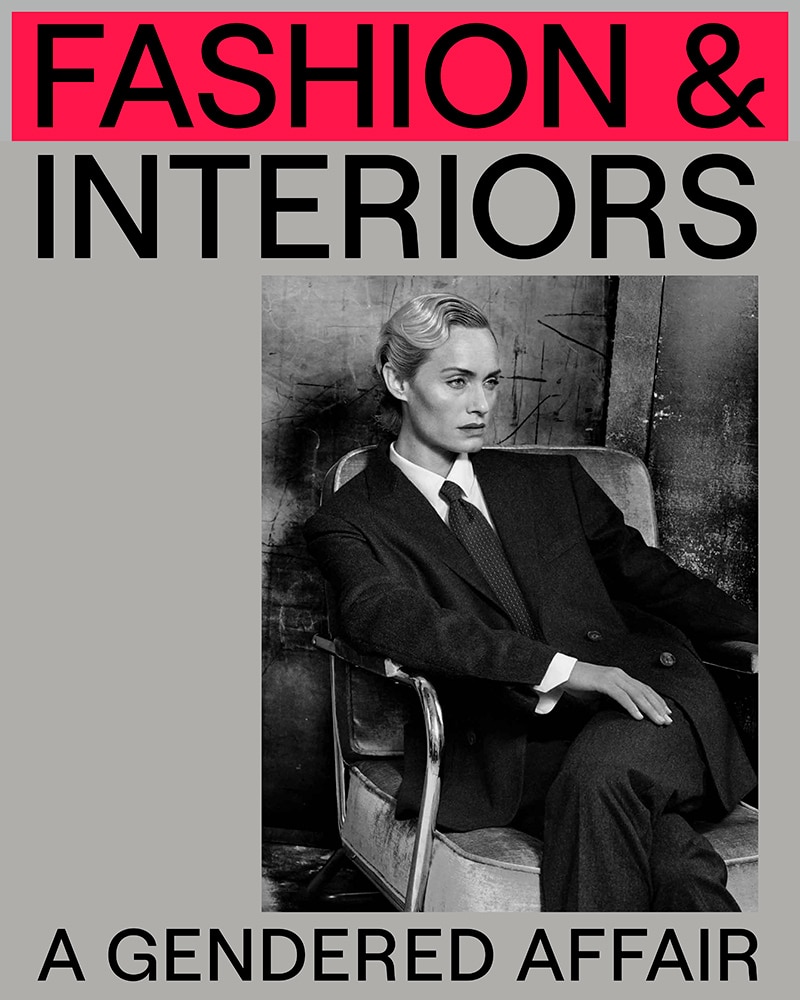
MoMu unveiled its new spring exhibition in Anwerp, dedicated to the relationship between fashion, gender and interiors. Curator Romy Cockx used the 19th Century as her starting point, looking at upper-class women decorating their homes while adorning themselves with intricate and embellished clothes. Sadly, women didn’t have much power or autonomy outside their homes back then, even though what they wore and decorated their interiors with, were clear markers of their status and place within society.

While it is true that the 19th Century introduced a rather austere dress code for men -focusing on the tailored suit and omnipresence of black- fashion has been catching up ever since, turning men into proper peacocks. The recent resurgence of maximalism -led by Alessandro Michele at Valentino- is clearly having an influence on the menswear scene, generating a fresh longing for opulence, color and print.
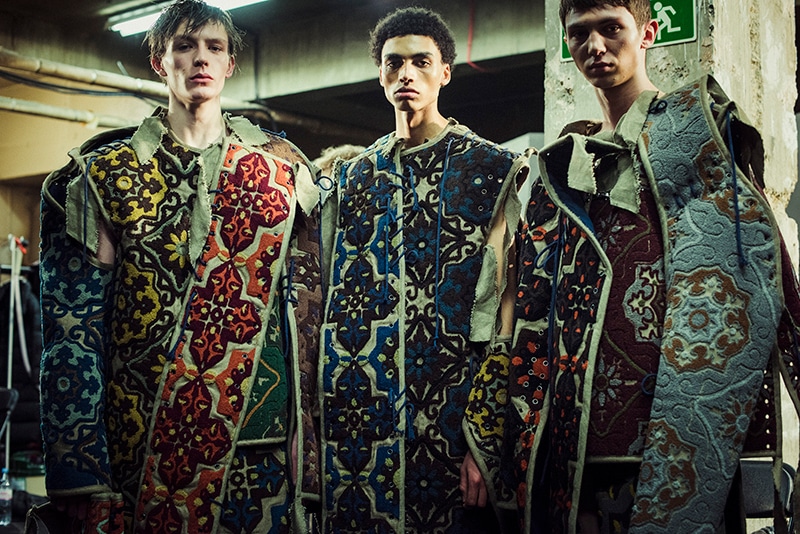
What the exhibition beautifully underlines is the importance of interiors for fashion designers -not only as a source of inspiration to be found on their clothes- but also as a way to manifest the totality of their creative vision. In fact, some of the most innovative designers of the 20th Century have had successful home lines, such as Gianni Versace for instance. When Ann Demeulemeester purchased Le Corbusier’s Maison Guiette with her husband Patrick Robyn in 1983, she already knew that the house would reflect her own aesthetics and therefore enhance the impact and relevance of her clothes. Today, Demeulemeester is obsessed with furniture and designing new spaces, including the house she recently purchased in Antwerp. She’s also had an ongoing partnership with Serax, allowing her not only to design glassware, cutlery, and plates but also chairs, tables, sofas, and lamps. This idea that where we live is just as important as who we wear seems to be influencing a new generation of Belgian creatives who are looking into designing spaces, which can be used by the public.
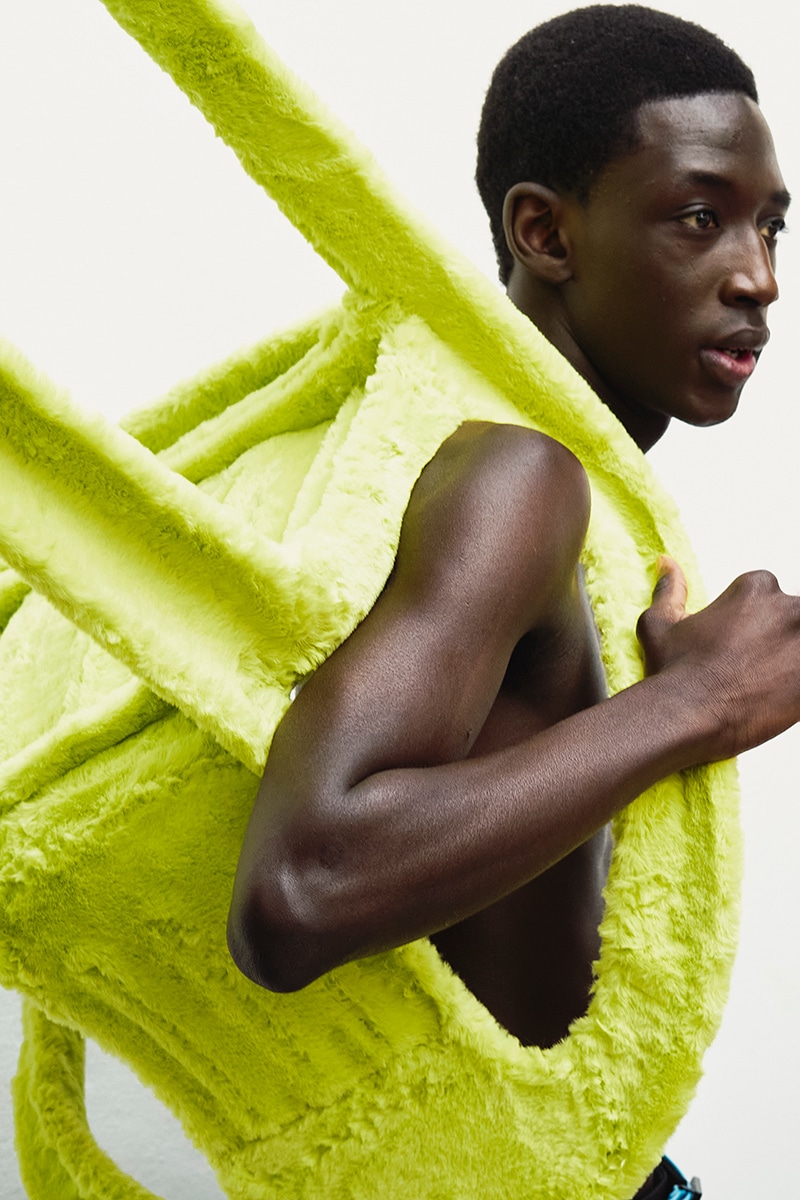
Meryll Rogge -whose latest Paris show in March included striking and very desirable menswear looks- partnered with Swiss furniture company Vitra in order to conceive an immersive environment for The Apartment, a space dedicated to innovative and temporary showcases within the Vitra Partner Store in Antwerp.
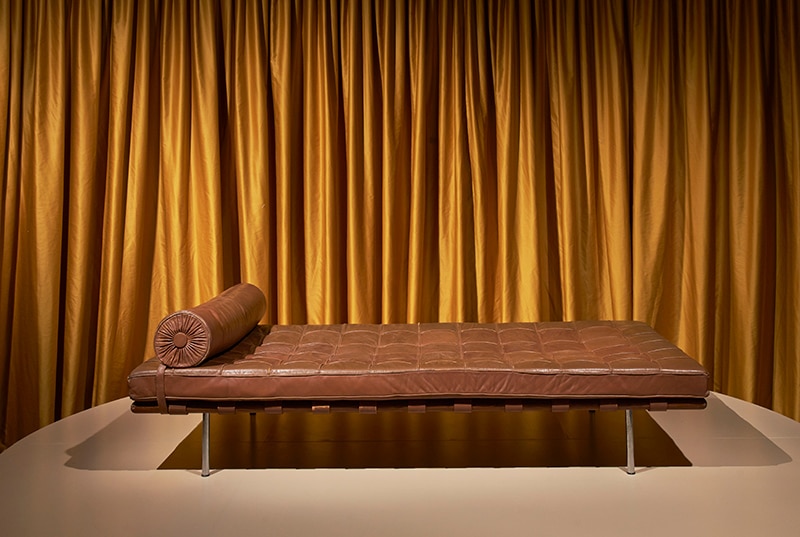
Rogge created an environment that recalls the charming formality of retro office spaces, including masculine touches as well as feminine ones. She called it a ‘Research Room’ and took Vitra’s timeless Eames Chair as her departure point, an emblematic style that happens to be her office chair within the brand’s creative studio. Fascinated with textile, color and pattern, Rogge revamped it in order to add texture and a sense of playfulness to a piece of furniture she and her team use daily. She covered the chair with British heritage wool from Moorehouse & Brook, a prestigious mill that usually develops textiles for outerwear and tailoring.
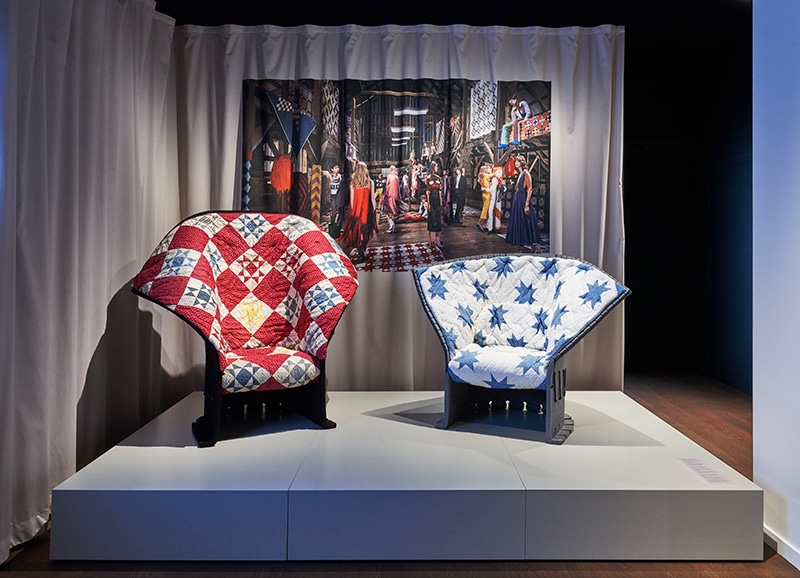
Inspired by the performances and installations of artists Joseph Beuys and Dominique Gonzales-Foerster, Rogge wanted a space that toyed with masculine codes while providing a warm and inviting feeling. As she nicely put it: “This room is cocoon-like in many ways. I wanted it to be tactile and protective, using a lot of different textures that create unexpected contrasts. And I wanted to reference the exhibition, too, breaking the masculine aspects of some of the elements with very feminine accents. I guess you can almost think of it as a safe and educational womb.”
Even though Rogge’s space features the ubiquitous copy machine, sleek office blinds and a series of books carefully selected by independent publishing house Art Paper Editions, there are no screens or phones around. Without even realizing it, Rogge’s installation epitomizes some of the nostalgia that keeps shaping fashion today, longing for the quietness and slower pace of a predigital age.

